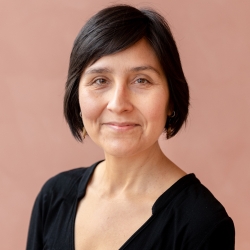DEI Roundtable: Charting a Path Toward Inclusion
We are excited to share an inspiring and transformative Diversity, Equity, and Inclusion (DEI) Roundtable Series, tailored specifically for professionals implementing DEI work in the philanthropic sector. Don't miss this opportunity to connect with like-minded professionals, learn new tools and strategies, and be part of a collaborative movement toward a more inclusive and equitable philanthropic landscape. Secure your spot today and unlock the power of DEI to drive positive change in your foundation and beyond.

